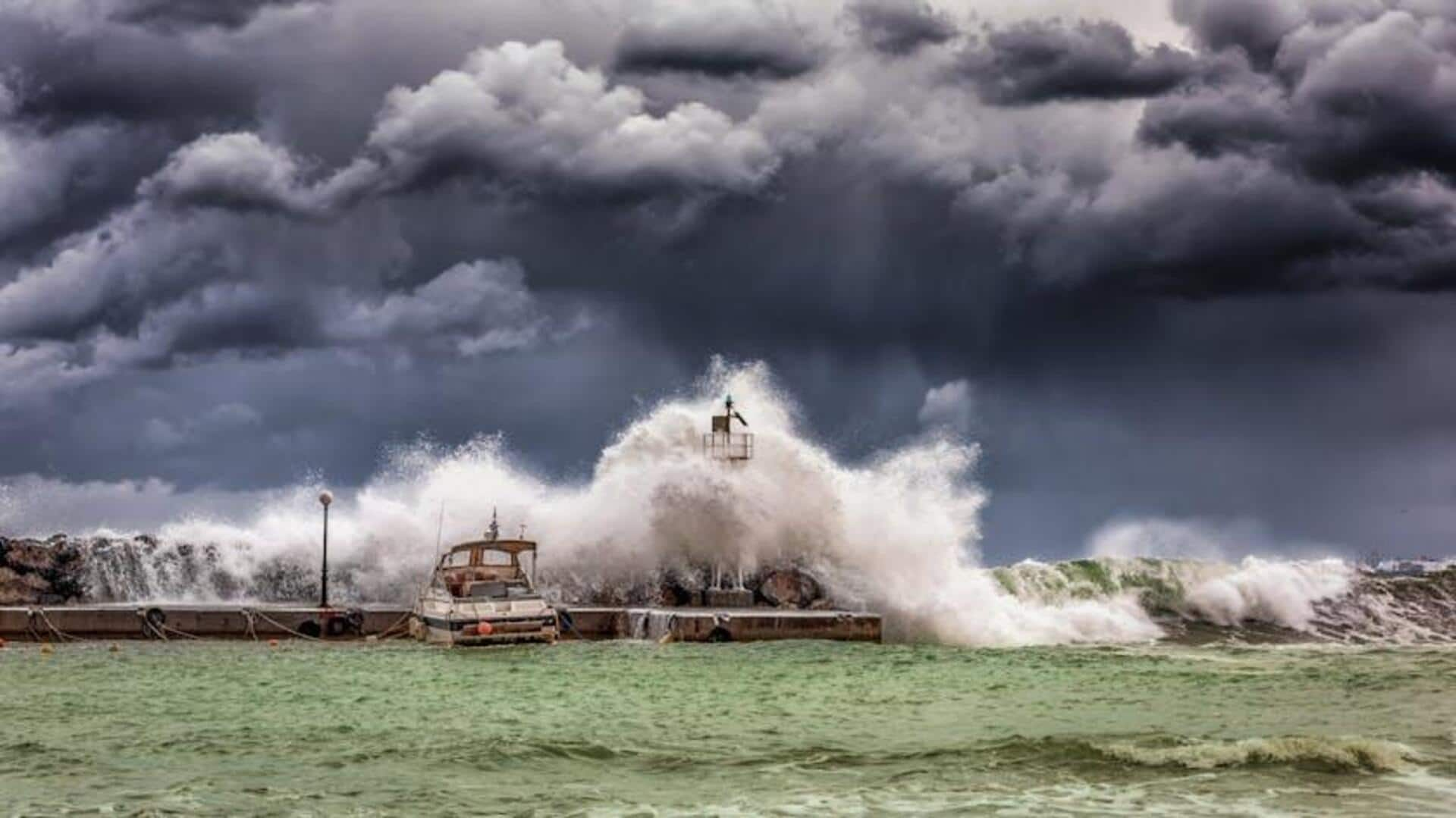
For coastal residents: The ultimate guide to typhoon insurance
What's the story
Residing on India's beautiful coastline comes with its own set of difficulties, especially when cyclone season arrives. The increasing regularity of typhoons and cyclones highlights the crucial role of insurance in protecting against financial losses. This article will demystify typhoon and cyclone insurance for Indian coastal dwellers, offering actionable tips to safeguard your property and possessions.
Coverage
Know what's covered
Most home insurance policies do provide coverage for damage resulting from natural disasters, such as typhoons and cyclones. However, always read the fine print. While coverage generally extends to damage incurred by your home's structure and contents due to wind or water, it often excludes flooding resulting from the overflow of rivers or seas. Make sure you understand the specifics of your coverage before calamity hits.
Risk assessment
Assess your risk level
Not all coastal areas face the same level of risk when it comes to typhoon or cyclone damage. Vulnerability depends on several factors, including geography, elevation, and the presence of nearby bodies of water. Insurance companies factor in these considerations when setting premiums. If you reside in a high-risk area, it is advisable to opt for more comprehensive coverage, despite the higher price tag.
Premiums
Understand premium determinants
Insurance premiums for typhoon and cyclone coverage are determined by factors such as location, type of construction, age of the property, and selected deductible amounts. Stronger-built properties using robust materials and located in lower risk areas will benefit from lower premiums. Choosing a higher deductible will lower your premium but increase your out-of-pocket costs following a claim.
Add-ons
Enhance your policy with add-ons
Regular policies might not cover specific situations like temporary displacement or lost rental income due to typhoons and cyclones. Consider supplemental riders for particular needs such as temporary housing or lost rental income. Grasping what's included, evaluating risk accurately, understanding premium factors, and choosing essential add-ons empower homeowners to be financially ready for disasters.